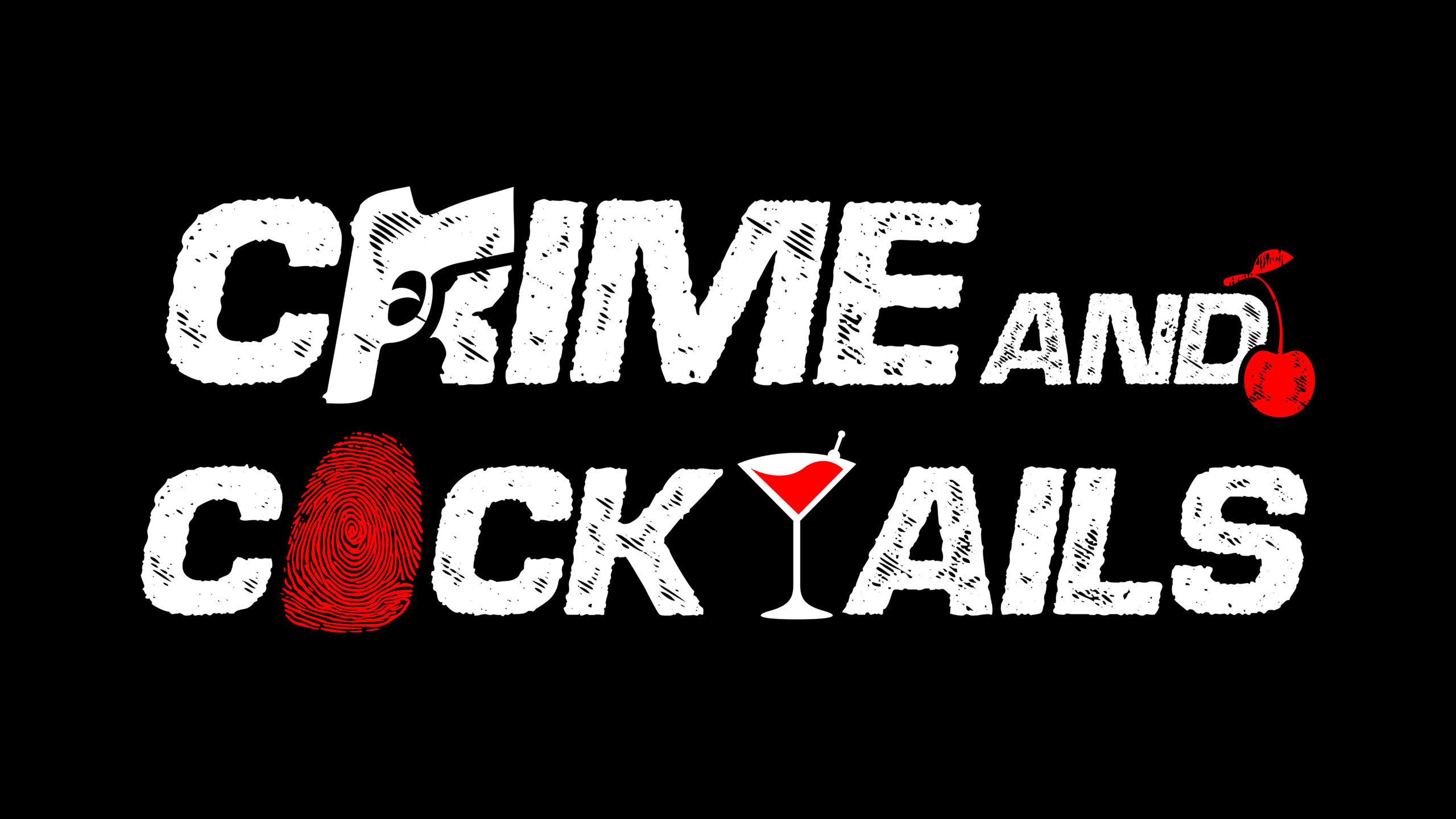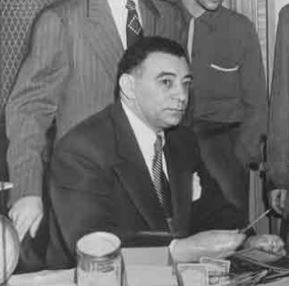In the shadowy underworld of post-war America, the Mafia was more than a criminal enterprise—it was a parallel government. Nowhere was this more evident than in the courtrooms of New Jersey and New York during the 1950s and 1960s, where justice was not blind but bought and blindfolded. Corrupt judges and district attorneys, far from crusaders for truth, were often little more than legal hitmen for the mob. Justice, in this twisted era, was a commodity traded like drugs, numbers, or sex. It had a price, and the Mafia had the bankroll.
The Courtroom as a Crime Scene
The criminal justice system in these states was supposed to be the bulwark against the Mafia’s rise. Instead, it became one of their strongest assets. Trials were fixed. Sentences were light. Investigations vanished. And careers—of honest cops, federal agents, and unlucky defendants—were destroyed with a simple phone call.
One of the key figures in exposing this rot was Valachi, a low-level mobster who turned informant. In 1963, under intense federal pressure and facing death at the hands of his former associates, Joseph Valachi broke the code of omertà and laid bare the structure of the Mafia in testimony before the U.S. Senate. What shocked many was not just the hierarchy of the Cosa Nostra—it was the institutional enablers. His testimony revealed not only names of mobsters, but hinted at whispers of men in robes and suits who made it all possible.
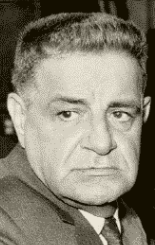
Bought and Paid For
Take Judge David L. Bazelon, often cited in the annals of suspicious judicial behavior. Though never formally linked to the Mafia, his frequent reversals of convictions for major crime figures in the early 1960s prompted outrage from law enforcement and whispers among investigators that someone on the bench was “too friendly” with organized crime attorneys. In a world where a three-year surveillance operation could vanish with a stroke of a gavel, suspicions ran deep.
In New Jersey, the rot was particularly fetid. The infamous Bayonne Line—a heroin pipeline stretching from France to U.S. ports—relied on the cooperation of port officials, customs agents, and yes, district attorneys who looked the other way. In Hudson County, the Mafia had so deeply infiltrated the Democratic political machine that it was difficult to tell where the party ended and the Mafia began. Court records from the State Commission of Investigation (SCI) in New Jersey during the 1960s revealed that several DAs were suspected of accepting bribes in exchange for dropping indictments or sabotaging prosecutions.
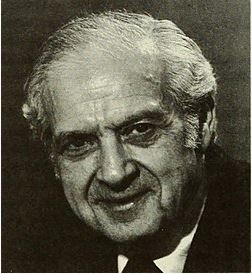
Perhaps the most chilling story comes from Brooklyn, where District Attorney Edward Silver came under fire in the 1950s for his close ties to defense attorneys representing known mobsters. While never convicted of corruption, Silver’s pattern of refusing to prosecute certain individuals, dismissing key charges, and quashing grand jury efforts raised red flags within the FBI. Internal FBI memos from 1957, later declassified under the Freedom of Information Act, cite Silver as being “compromised, either financially or via coercion,” and mention his name in conjunction with Joseph Profaci, a major boss in Brooklyn.
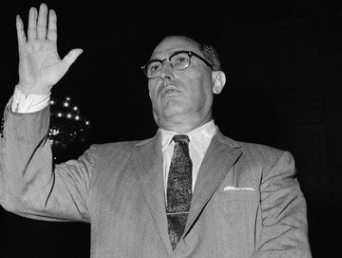
The Gambino Grip
No discussion of New York justice in the mid-20th century is complete without mentioning Carlo Gambino. Gambino, the so-called “boss of bosses,” ran his family with a quiet, lethal efficiency. What made Gambino different was his preference for influence over brute force. He understood that bullets were messy, but blackmail and bribery were elegant. Under his reign, it’s alleged that court clerks, judges’ assistants, and even prosecutors were placed on the payroll—not always with money, but with secrets.
An FBI surveillance report from 1961 detailed how Gambino’s crew planted a prostitute in the path of a Queens judge, snapping photos for future “persuasion.” That judge’s subsequent rulings in two mob-related racketeering cases showed leniency that baffled legal observers. The cases were dismissed on “technicalities” despite overwhelming evidence. No investigation was ever launched.
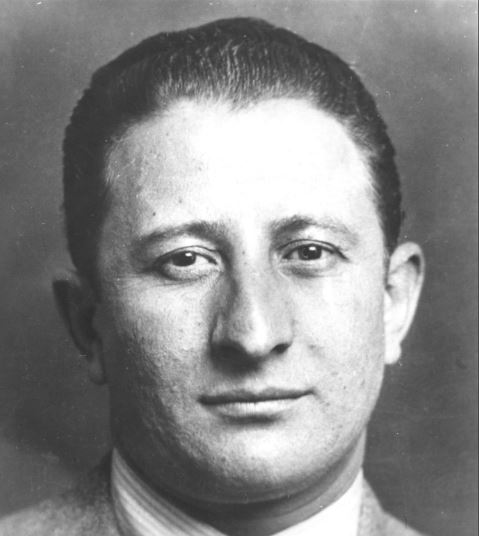
Sinatra, Favors, and the Courthouse Circuit
Entertainers were part of the machinery too. Frank Sinatra, though never charged with any criminal wrongdoing, often found himself entangled in these webs of influence. A famous anecdote involves a 1960s meeting in a Manhattan courthouse where Sinatra allegedly intervened in a case involving a minor mobster, using a call to a well-connected judge to get a lighter sentence. The incident, reported years later in confidential FBI files, illustrates the tangled world where celebrities, crime bosses, and corrupt officials shared the same phonebooks.
In 1959, New York’s Special Prosecutor’s Office noted that over a dozen mid-level Mafia figures had charges mysteriously dropped, often after visits from well-dressed lawyers with known ties to the Genovese or Lucchese families. These weren’t backroom deals—they were boardroom-level operations, where bribes were disguised as “campaign contributions” or legal retainers.
Witnesses Silenced, Cases Derailed
What happens when you try to fight back? Ask Frank Hogan, Manhattan’s District Attorney from 1942 to 1973. Hogan had a reputation for incorruptibility, and yet, even he admitted frustration when trials against major Mafia figures would collapse due to “lost” evidence or mysteriously hostile juries. Hogan once reportedly told his deputy, “I’m playing chess on a board that resets itself every night.”
Or ask Assistant U.S. Attorney Alfred Maloney, who built a massive wiretap case against the Bonanno family in the late 1950s, only to watch it implode in federal court when the presiding judge ruled all wiretap evidence inadmissible—despite legal precedent to the contrary. Maloney later claimed the judge had received an envelope weeks before the decision.
Then there were the witnesses—some brave, many doomed. In 1965, a witness scheduled to testify in a case against a New Jersey DA with known Mafia ties was found drowned in the Passaic River. The case was closed as a suicide. A year earlier, a court clerk who claimed to have seen bribe money exchanged between a mob lawyer and a Newark judge died in a suspicious house fire the night before she was to speak with investigators.
Reform Comes at a Price
The tide began to shift in the late 1960s and early 1970s, largely due to the relentless efforts of Robert F. Kennedy during his time as Attorney General. Under RFK’s leadership, the Department of Justice launched aggressive campaigns to root out corruption at every level, from Tammany Hall-style politics to the highest courts. The Organized Crime Task Force began wiretapping judges, infiltrating legal offices, and flipping low-level clerks.
Several judges and prosecutors were quietly removed or forced into retirement, while others faced indictment. In 1969, Judge Vincent Ricci, a Queens Criminal Court judge, was indicted on federal charges for accepting bribes from a Colombo family associate. The trial revealed a sordid tale of cash, threats, and favors traded in restaurant backrooms.
But even as reform gained ground, the damage was done. The Mafia’s golden era may have begun to wane, but its fingerprints remained on the scales of justice for decades to come.
Final Word:
The American justice system in the 1950s and 60s was not just failing to protect citizens from organized crime—it was actively enabling it. Black robes hid red hands, gavels struck not in the name of justice, but to seal deals made in whispers. The Mafia didn’t just own the streets; for a while, they owned the very halls of justice.
Written by: C.F. Marciano

